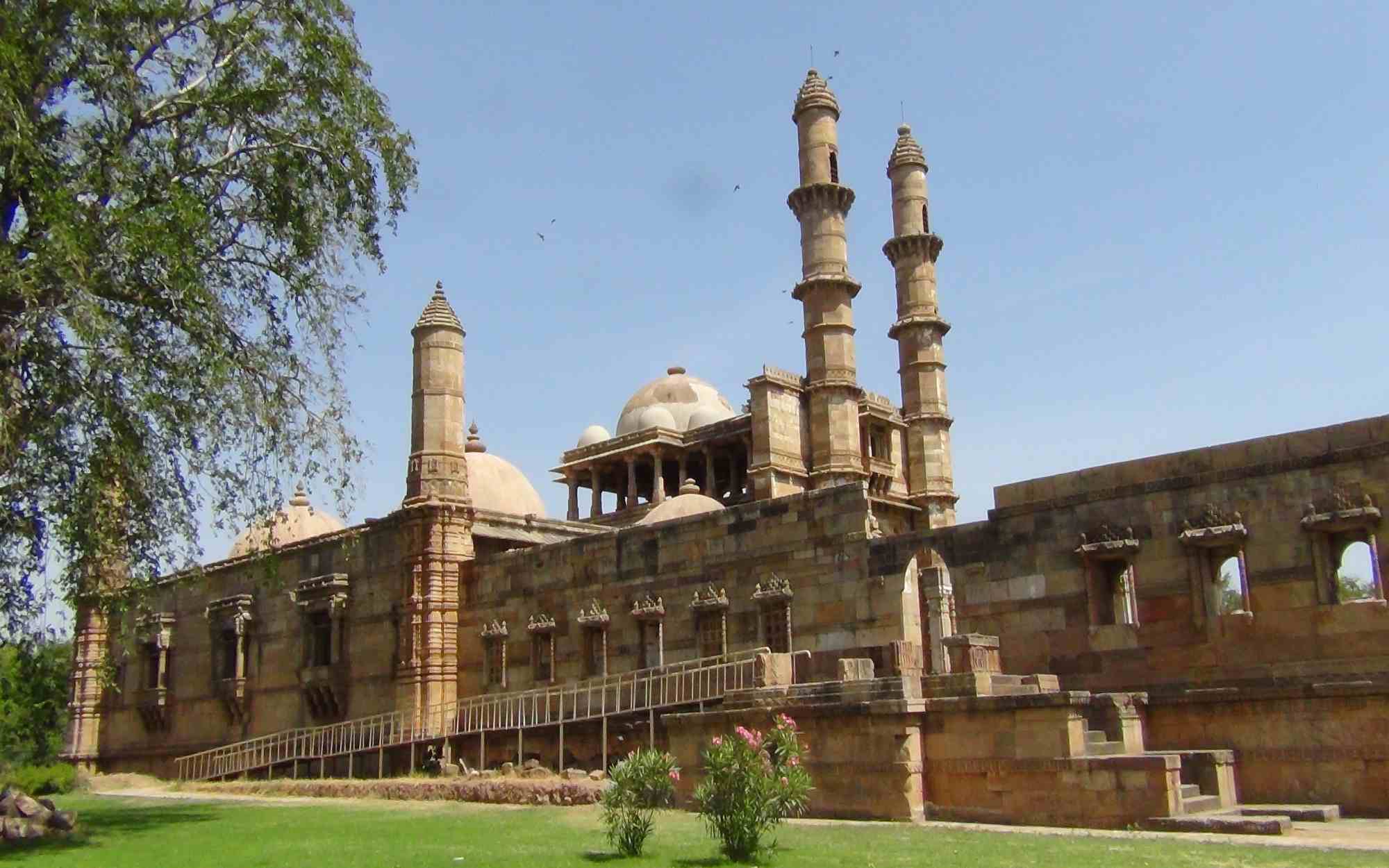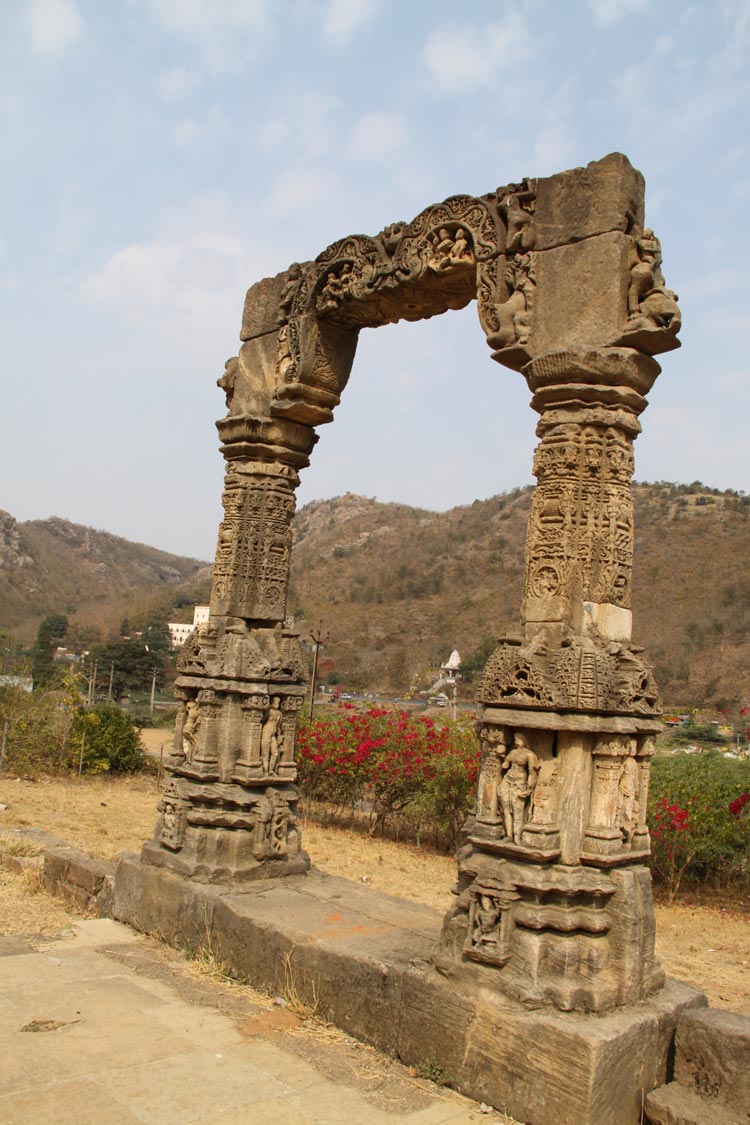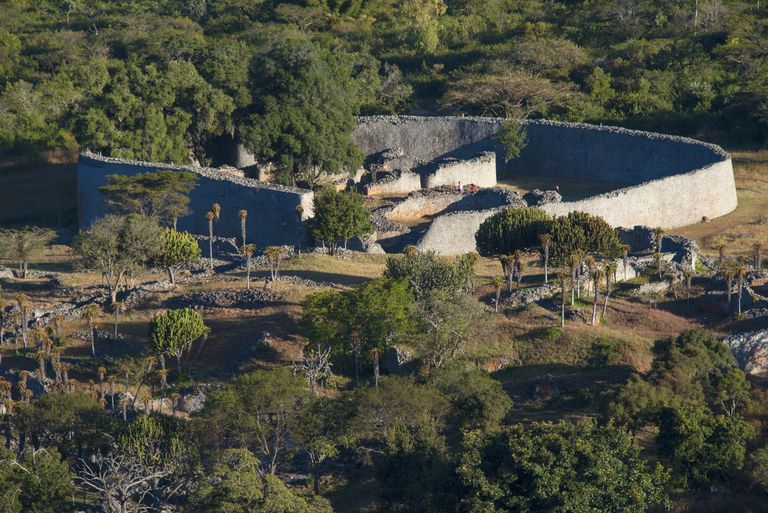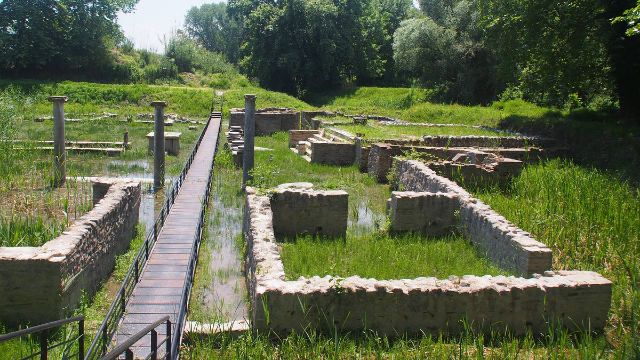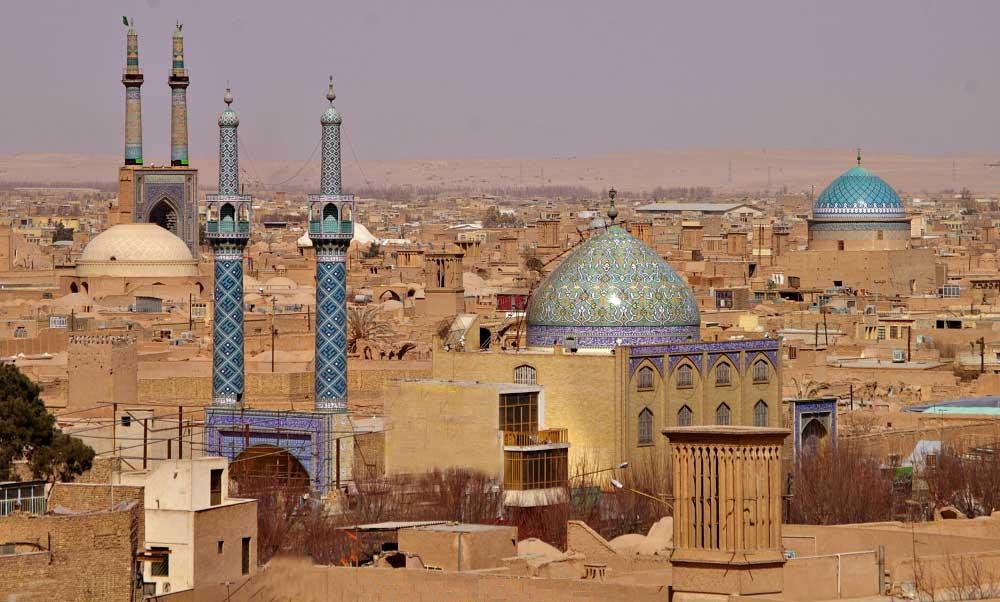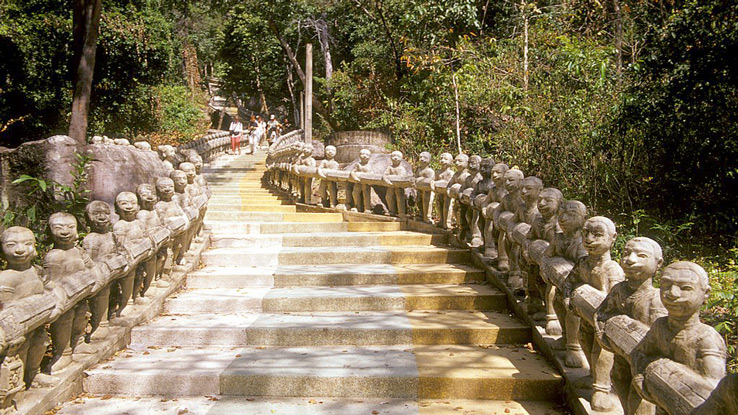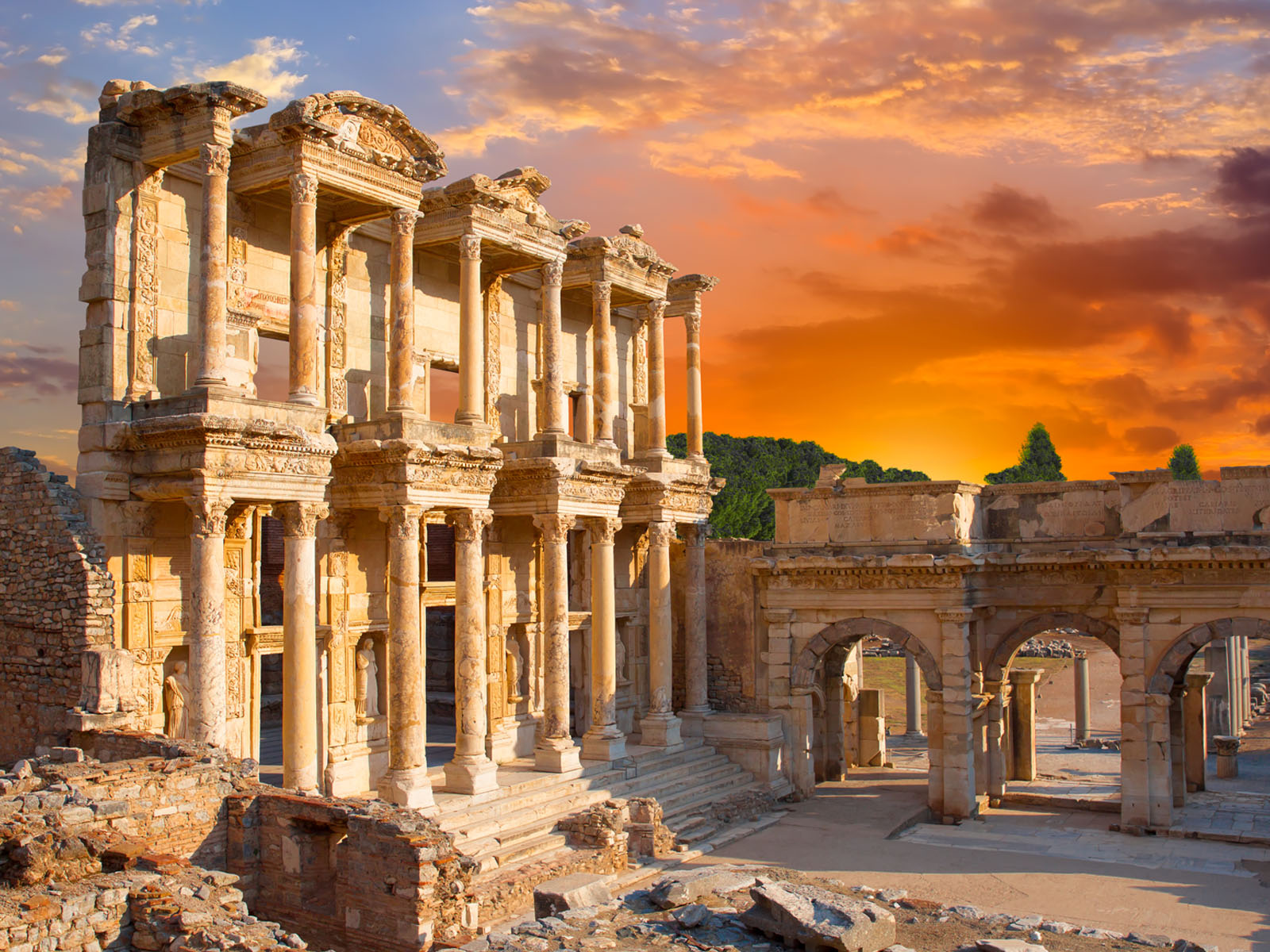The Champaner-Pavagarh Archaeological Park in Gujarat, India, represents a rich tapestry of cultural, historical, and architectural heritage spanning several centuries. This UNESCO World Heritage Site encompasses a remarkable collection of largely unexcavated archaeological assets set against a dramatic landscape.
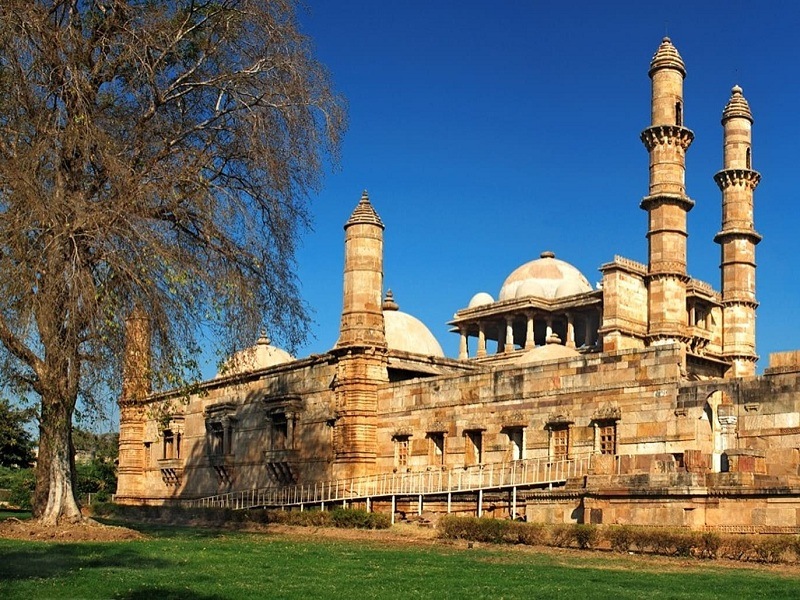
This site includes a diverse array of structures from various periods: prehistoric (Chalcolithic) sites, the hill fortress of an early Hindu capital, and remnants of the 16th-century capital of the state of Gujarat. Among these are fortifications, palaces, religious buildings, residential precincts, agricultural structures, and water installations dating from the 8th to the 14th centuries. Notably, Champaner-Pavagarh is recognized as the only complete and unchanged Islamic pre-Mughal city.
At the heart of this historical ensemble is the Kalikamata Temple, located on top of Pavagarh Hill, which is an important shrine drawing large numbers of pilgrims throughout the year. The archaeological park also houses numerous other Jain and Hindu temples, mosques, and historical edifices, reflecting a vibrant blend of religious and cultural influences.
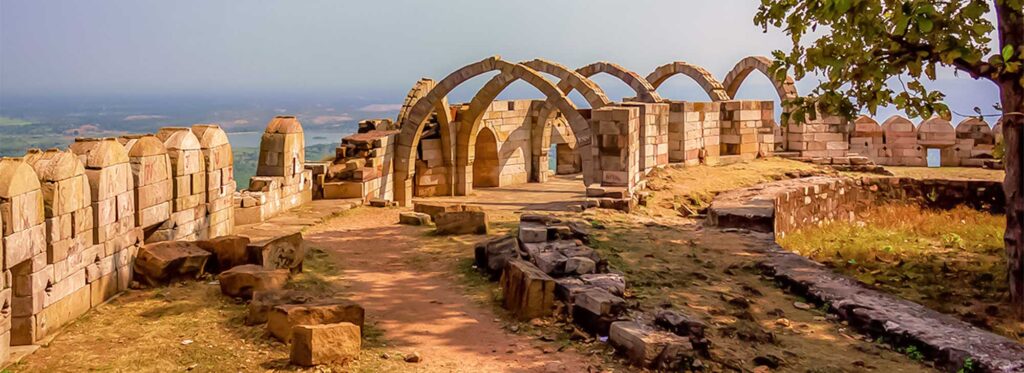
The oldest structures within the park date back to the 10th century, including the ‘antarala’ (antechamber) and ‘gudhamandapa’ (assembly hall) of a temple. Additionally, many other Jain and Hindu temples from the 13th to 15th centuries are found here, constructed in the distinctive Nagara style of architecture.
The comprehensive restoration of the capital region was initiated in 1484 AD by Mahmud Begda, the grandson of Ahmed Shah who founded the city of Ahmedabad. It took 23 years to complete the restoration, after which Mahmud Begda moved his capital from Ahmedabad to Pavagarh.
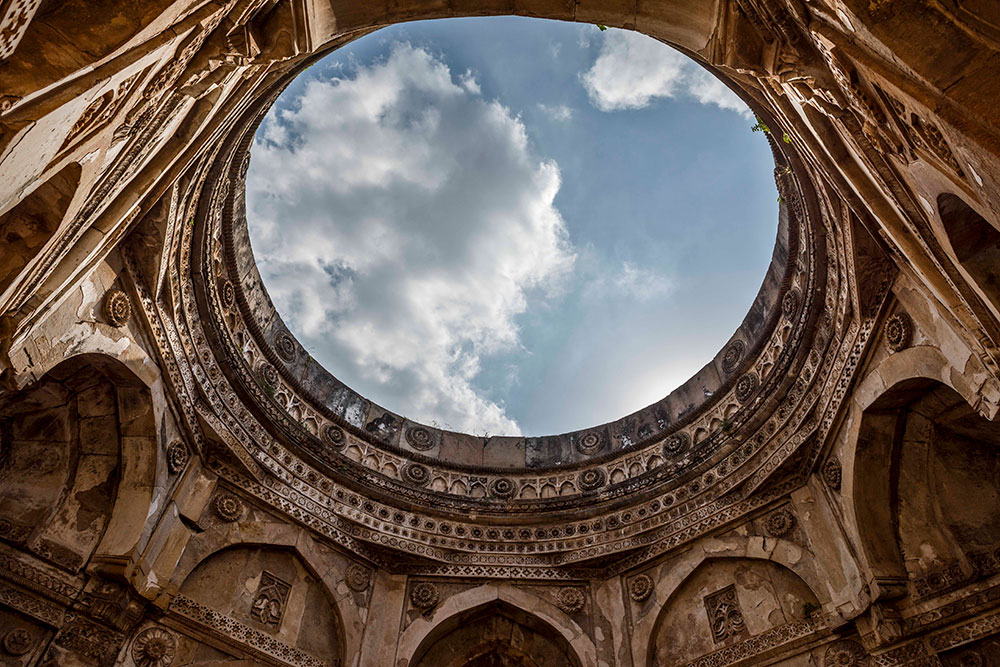
Champaner-Pavagarh Archaeological Park not only serves as a crucial site for understanding the early Islamic architecture and urban planning in India but also as a living testimony to the area’s enduring spiritual significance and architectural innovation. The park offers a unique insight into the historical and cultural evolution of this region, making it a fascinating destination for historians, archaeologists, and tourists alike.
For those interested in exploring the depths of India’s archaeological and architectural marvels, Champaner-Pavagarh Archaeological Park provides a window into the past, showcasing a blend of artistic and cultural traditions across centuries. To learn more about this and other heritage sites, visit Secret World for detailed articles and guides.

